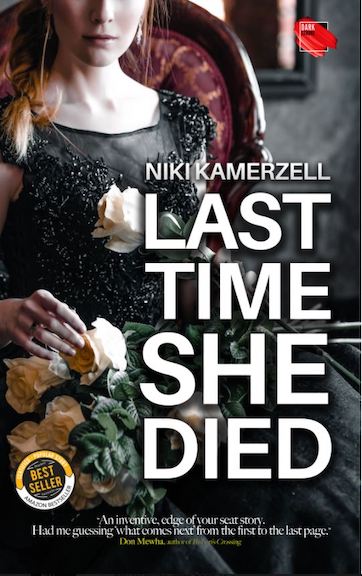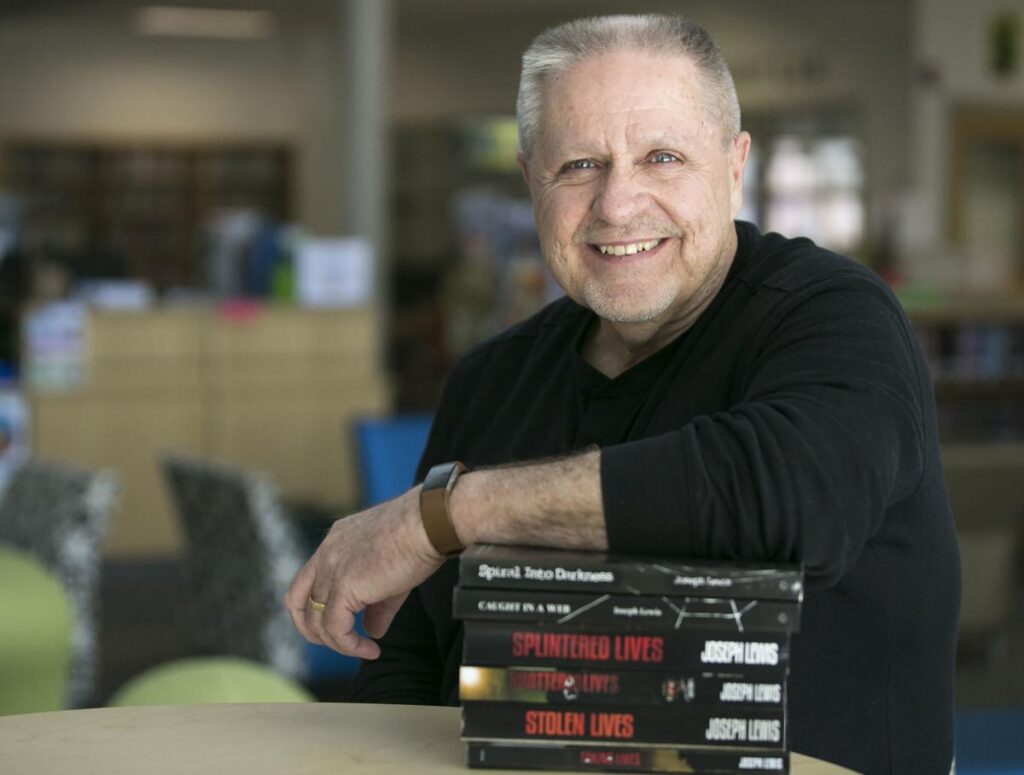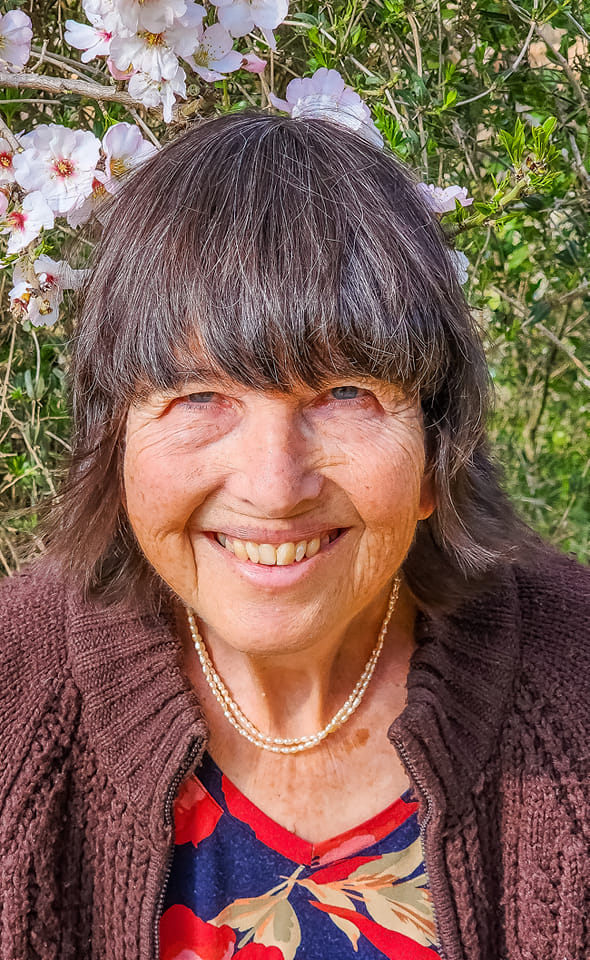Next in the Character Traits Series is Alexia Harper, created by the author Niki Kamerzell for her intriguing novel, Last Time She Died. Fans of paranormal fiction will want to read this book. Here. I will let Niki take over and tell you about this character.
Alexia Harper is in her first year of college when she dies. Except she doesn’t realize she’s dead and just goes about her day to day activities. She’s the main character in my paranormal novel, Last Time She Died. Every day, she wakes up, takes a shower, goes to work at the diner she’s worked out since she was sixteen, and hangs out with her friends. Every night, she has the same dream. No, not a dream. It’s a nightmare about the car accident that ended her life.
The dream is the same every single night, that is, until Leland appears in her life. He’s a friend, you see, just not from Alexia’s current life. The dream is no longer the only thing haunting her. Now, she finds herself lost in ancient worlds, speaking different languages, and looking nothing like herself. But it is her. Her Essence is there. Her name just isn’t Alexia in those places. In those past lives.
While searching for answers in her past, she uncovers the man that killed her. The man that killed Alexia, and so many of the past versions of her. The man that killed all her friends. He’s still out there and he’s coming for her. If he finds her, it’s not just her human life he plans to end. He’s out to end her entire existence…forever.
How did you come up with the character and his/her name?
I’ve just always really liked the name Alexia. When I started writing, I couldn’t imagine a different name for her. She always was Alexia.
Tell us more about Last Time She Died.
Last Time She Died follows Alexia and her best friend, the still living Cali as they try to stop their murderer. Alexia’s goal is to keep Cali alive. Alexia travels through her past lives to discover that as long as Cali has existed, she has been Alexia’s best friend. They always live their lives together. To stop the murderer, the two team up, one alive and one dead, to stop the bad guy.
Was a real person your inspiration for this character?
No. For most of the other characters there was, but Alexia is just her own being that popped out of my brain.
Is your character likable or not?
I think so.
An extract from Last Time She Died.
A bright light blinded Alexia as lightning streaked in front of her, lighting up the interior of her car. Just before an exploding tree hit her car, a silhouette shifted against the darkness.
It was a dream. She had it every night, but tonight, something was different. There had never been a silhouette outside.
She waited for her dream-self to scramble across the seats reach for the door handle and crawl through.
She stayed slumped over the wheel. The strange shadow still lurked just outside the car.
It was all wrong.
The shadow took shape and morphed into Cali, her best friend.
Alexia clawed at the handle, knowing it shouldn’t open, but hoping, since everything else was different, she could escape. The door creaked open and she bolted out of the car toward her friend while her dream-self didn’t move.
The world shifted, knocking her painfully to the ground.
She couldn’t see the car, but Cali stood above her, teary-eyed, staring down.
It was warm, no longer the dark, cold evening of the accident, though it was still raining. The vehicles were still there. Farther away than she expected, and fading away. Literally dissolving from the road in front of her. The ground softened against her back.
Alexia’s attention snapped back to her friend who loomed above her, with tears running down her quivering cheeks. She tried to reach for her, but her arms wouldn’t move. Lying on her back, Alexia tried to call out to Cali, but she couldn’t speak.
Cali’s mouth moved, but Alexia couldn’t hear anything. An earthy, damp scent overwhelmed her. Cali held something silver in her hands that shimmered in the streetlights. A necklace or bracelet, maybe, but Alexia couldn’t be sure. An odd sensation ran through her, and Cali shuddered in unison. Alexia felt an ache in her chest as she watched her best friend weep, but she remained imprisoned in her own body.
Finally, Alexia heard Cali whisper, “I still miss you every day,” between sobs.
Kneeling over Alexia’s chest, but somehow not touching her, Cali laid the silver object down. Alexia was able to see it was the ‘best friends forever’ necklace Alexia had given Cali for Christmas in third grade, the summer after Cali had moved to Jaydee.
“Happy birthday, Lexi,” Cali whispered as she dropped her head in her hands and cried so hard, she shook. She stayed there, trembling, for another minute. After a deep breath, she put the necklace inside a small box and set it down again. It sat above Alexia’s face as if she were under a pane of glass.
Alexia woke up in a pool of sweat and weeping. She’d gotten so used to her dream that any change would have upset her, but this was too much. She’d felt pain radiating off Cali but was helpless to do anything.
Alexia tossed back her covers, grabbed her phone, and headed downstairs. Alexia typed, deleted, and retyped several texts before deciding to call Cali.
The door creaked just before she hit call and Cali’s trembling voice broke her concentration completely.
“I had to see you.” Cali’s voice froze Alexia in place. “I have been having these weird-ass dreams about you and I think—I don’t know. I wish things could go back to the way they were, I wish I could see you like I used to, and we could do things on a whim and be free again. I hate this.”
Lowering herself, she sat crossed-legged on the floor. Alexia dropped onto the arm of the couch. The puffy swollen circles under Cali’s eyes were still as red as they had been in Alexia’s dream.
“I wish I could know that everything was okay, but I don’t feel like I know anything for sure anymore. I don’t understand why everything has to change. I hate that things are like this now. I miss what we were, I miss who I was. I hate being sad all the time. I hate it.” Cali paused and sucked in a shaky breath. “Do you ever feel like this? No, of course not.”
Alexia didn’t understand why she wouldn’t make eye contact. Cali’s words and vulnerability kept Alexia silent.
“I have to go to work. I’m sorry I couldn’t stay longer, but I’ll come back. Someday you’ll just have to put up a sign saying, ‘Cali not welcome!’ It may be the only way to keep my rambling drama away from you.” She laughed halfheartedly. Standing slowly, Cali walked out the front door. As she stood outside, her tears mixed with raindrops. Cali made quiet sobbing sounds as she closed the door behind her.
Alexia felt the fog that had frozen her clearing. She hadn’t said goodbye. She hadn’t said anything. The whole encounter had left her shaken. Springing up to catch Cali before she drove away, Alexia swung the door open. She was greeted with an empty porch and heavy rain. Cali was gone. Looking again in disbelief, Alexia grabbed her phone and dialed Cali.
There was no answer. The next call went straight to voicemail.
Grabbing her keys to follow Cali, Alexia rushed outside. The door slammed shut behind her just as the wind started to howl. A thick, yellow cloud swirled around Alexia, gagging her with the putrid smell of rotten eggs.
The saffron dust churned around her, leaving her dizzy. For a moment, she swore she heard laughter. She clutched her temples between her palms and squeezed her eyes shut.
Whatever swirled around her looked like fog, but as it grazed her skin like tiny sand particles were grinding her into nothing. It smelled so strongly of sulfur; she was choking. Trying to see through it burned her eyes and her face was wet with snot and tears.
She turned to go back inside. The fog thickened.
Darker.
Colder.
Harder.
She couldn’t see anything but yellow. Floating within the cloud, the laughter was unmistakable.
“It’s you,” she heard from inside the cloud.
Authors Bio
Niki Kamerzell lives in Colorado and spends her free time reading and writing.
She will read just about anything recommended to her and has been known to sacrifice eating and sleeping to finish a good book. Niki writes fantasy and has been writing for the last ten years. When not writing or reading, Niki is probably distracted by her Corgi or out hiking in the Rocky Mountains with her husband.
Her other distractions include driving around and singing off key with the radio and scrapbooking. Always willing to make things awkward, sarcasm is like a second language to her and, next to her passion for writing, probably one of the things Niki’s most proud of.
Links to books and social media
Book: http://mybook.to/lasttimeshedied
Website: https://nkamerzellwriting.wixsite.com/website
Twitter: https://twitter.com/Niki_K_Writes
Instagram: https://www.instagram.com/niki_k_writes
Facebook: https://www.facebook.com/NikiKWrites








